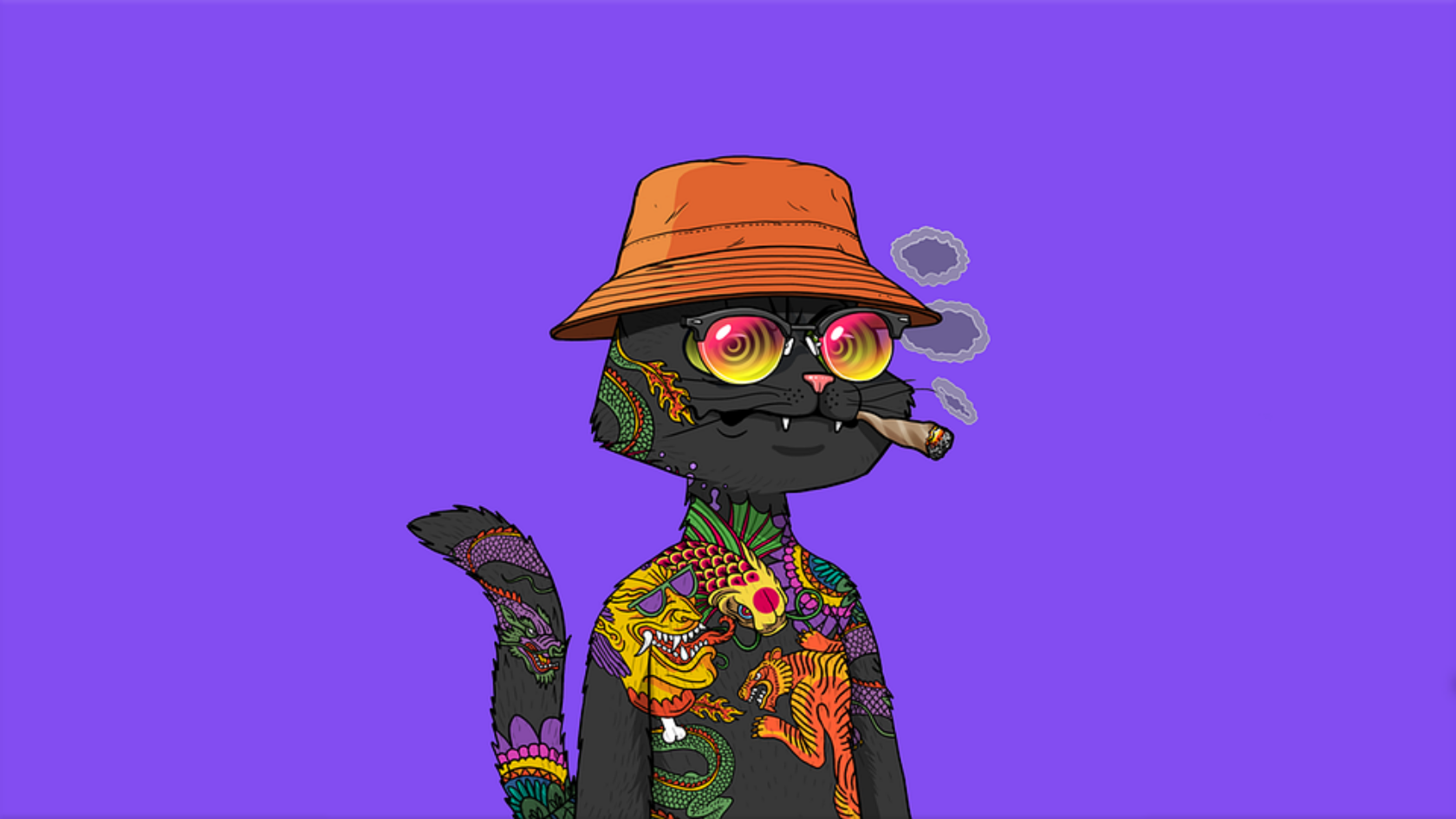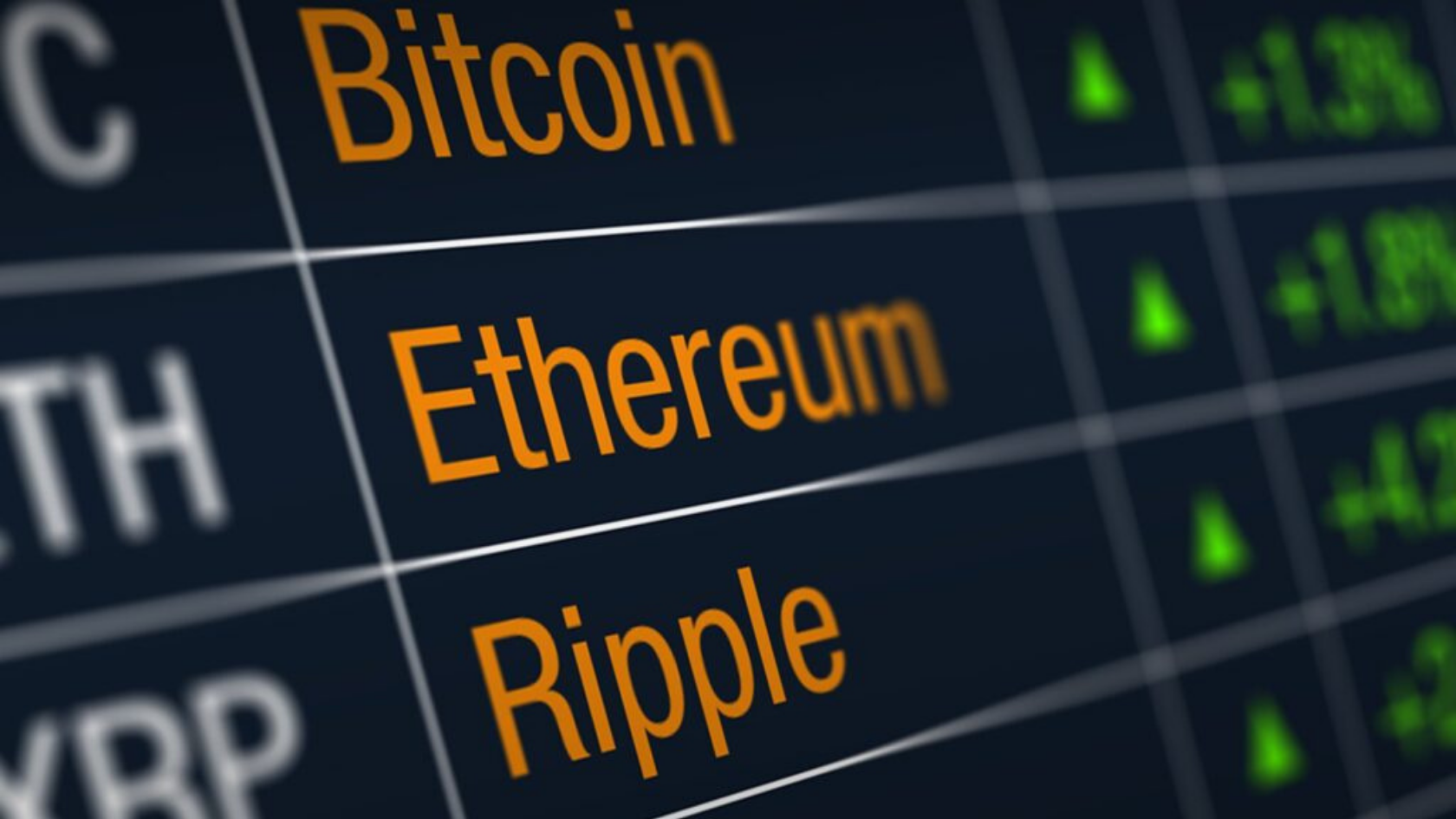
But what is NFT, and why everyone can’t stop talking about them?
What is NFT?
The abbreviation NFT means "non-fungible token". To understand tokens, we need to understand where they come from - the blockchain.
To put it very simply, a blockchain is a database that is simultaneously stored on a huge number of computers. In the traditional sense of the Internet, all devices are connected to centralized nodes (in the form of servers or Internet providers), while the blockchain works a bit differently. It does connect to any central nodes and all the devices simultaneously store all the information published in the blockchain. For example, cryptocurrencies – such as Bitcoin, Ethereum or Monero – work thanks to this very technology.
The tokens represent a record in a ledger within the blockchain. A distinctive feature of most tokens is its fungibility. In other words, the tokens can be compared to a currency, with one euro or one bitcoin being replaced with one euro or one bitcoin belonging to other users.

However, it is clear that not all digital assets are fungible. The painting by Pablo Picasso is not identical to the one of Claude Monet, and the mp3 file with the Beatles' song can hardly be replaced with a recording of Eminem's concert. So, that’s where our currency comes to play. The creation of non-fungible tokens allowed us to input unique items into the blockchain, where they can be sold or traded.
Each NFT is unique and exists in a single copy. It cannot be split, and all information about its author, buyer and any transactions is securely stored in the blockchain. Basically, an NFT is a unique digital certificate attached to a certain tangible or non-tangible object.
What can be sold in the form of an NFT?
From music and images to text, video, and 3D models, a person can sell any digital product that is considered unique.
In such a short period of time, we witnessed the birth of NFT collectors, including gamers interested in in-game items, art lovers, and others looking to make a profit from thin air.
Singer Grimes, a mother of a boy named XÆA-12, a child of Elon Musk, sold her drawings in NFT format for $5.8 million, while Russian artist Pokras Lampas sold a projection of his drawing at the Chirkeyskaya HPP for $28,000.
DJ 3LAU became the first musician to put his album up for sale, earning $11.6 million for it. Other musicians who also sold their creations as NFTs include Kings of Leon and singer The Weeknd.

The record was the $69.3 million sale of the painting "Everydays: The First 5000 Days" by artist Mike Winkelmann (known as Beeple). A JPG file encompassed all the paintings the artist created over the period of five thousand days. Winckelmann's painting was the first NFT work sold in the history of Christie's auction house.
But it’s not only artists who took advantage of non-fungible tokens. Time magazine put up for sale three of its covers (including the iconic "Is God Dead?"), and The New York Times sold its column with the roaring title "Buy This NFT Column on the Blockchain!".
As NFT goes, 3-D models has managed to become a thing as well. For example, Canadian artist Krista Kim was able to raise $520,000 for a minimalist model of a house designed in Martian scenery.
Does NFT have a future?
Reading about all these success stories probably got you thinking what the future holds for NFTs. Nobody knows for now, but many specialists well-versed in finance, technology, art and other major industries are currently experimenting and looking for new ways in which we can use blockchain, cryptocurrency and tokens in our future. The blockchain is evolving, and its possibilities are rapidly growing, making us believe that we are in the very beginning of its exciting journey.




